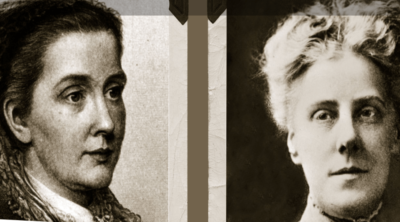
The proper table setting for formal dinner is not as complicated as it seems. Just follow these instructions to host one with a flourish.
There are a multitude of rules regarding formal dining, and if you are not used to hosting formal dinners, the task can be a fairly harrowing one. To help you out, we not only have information about the proper table setting for such occasions, but also tips to get you through the evening sans mishaps. A classic French meal is 13 courses, but the present day norm is three or four courses. A thing to remember is that as your number of courses increases, the size of the portions of food that goes on the plate decreases, as does the amount of wine in the glass.
Another pointer is that if you plan to invite more than 12 people, then the dinner should be served in buffet style. For good measure, keep a spare cover set up, so you can quickly replace anything that falls to the floor. Another handy tip on setting tables for these occasions is to have at hand some club soda and towels that may be used in case of spills.
How to Set the Table for a Formal Dinner
To start, the card which tells each person where to sit is placed above the placemat. An important aspect of proper table setting etiquette is that each place setting should be identical. In some cases, if you have an antique or otherwise beautiful table, you may use placemats but not tablecloth. While laying the tablecloth, ensure that it is properly centered and that an equal amount of cloth is hanging off all the sides. The mats should be placed such that the edge of the mat is ½ inch from the table’s edge. If you are using large mats, then place the flatware on them. Alternately, if you are using the small English-style mats, then the flatware goes directly on the table.
If you were to draw a line down the center of the length of the table, this is where the runner goes. Both ends of the runner should be ½ inch away from the table’s edge. Arrange the required number of chairs so that they are evenly spaced around the table. Now place a cover plate in front of each chair in such a way that the edge of the plate is 1 inch away from the edge of the table. While laying cutlery, the fundamental rule of formal dinner table setting is that the handles should be 1 inch from the edge of the table.
As most of us know, the outermost pieces of cutlery are used first. To the immediate right of the service plate comes the knife, followed by the teaspoon, and then the soup spoon. Above them are placed the glasses. The outermost glass is the white wine glass, followed by the red wine glass and then the water glass. As you move inwards, each glass is placed slightly above the previous one. The thumb rule to follow is that the wine glass for the main course is placed above the knife for that course. Any additional wine glasses are lined up behind the first two glasses.
To the immediate left of the service plate comes the dessert fork, followed by the dinner fork and then the salad fork. Above the forks is placed the bread and butter plate, along with the butter knife. The blade of the butter knife must face into the center of the plate. To the left of the salad fork is placed the neatly folded napkin. This cutlery setting may need to be modified a little according to the food you plan to serve. If you plan to serve an appetizer before the soup, then the soup spoon may be placed between knives. Flowers look wonderful at a dinner table, but make sure your arrangements are not above the eye level. Similarly, the candelabras must be placed such that they allow everybody to make eye contact.
These tips about table setting for formal dinner should allow you to host a worry-free dinner. As a host/hostess, you also need to seat people in such a way that everyone is comfortable and there is an easy flow of conversation at the table.







